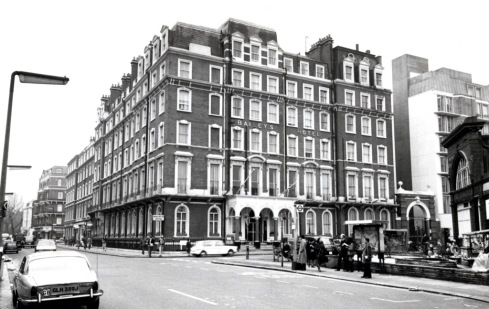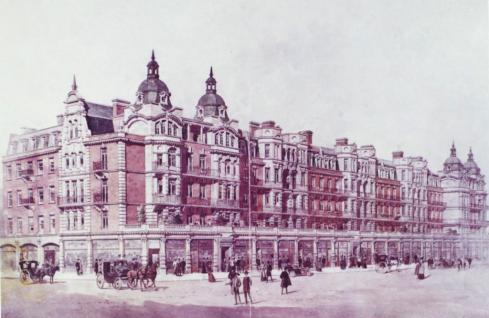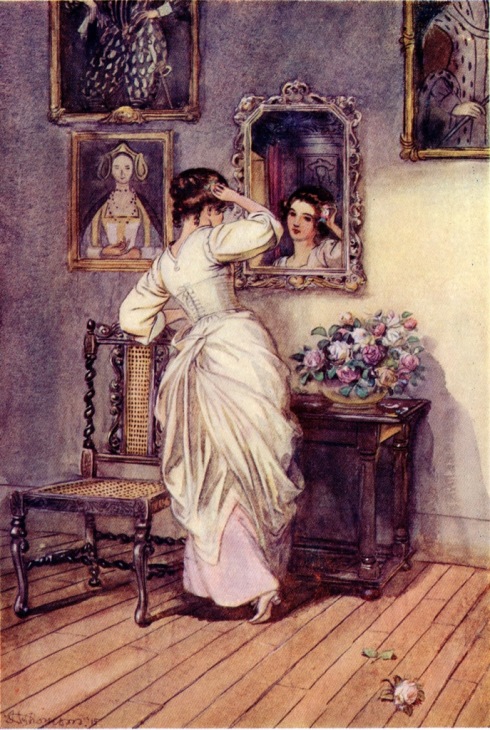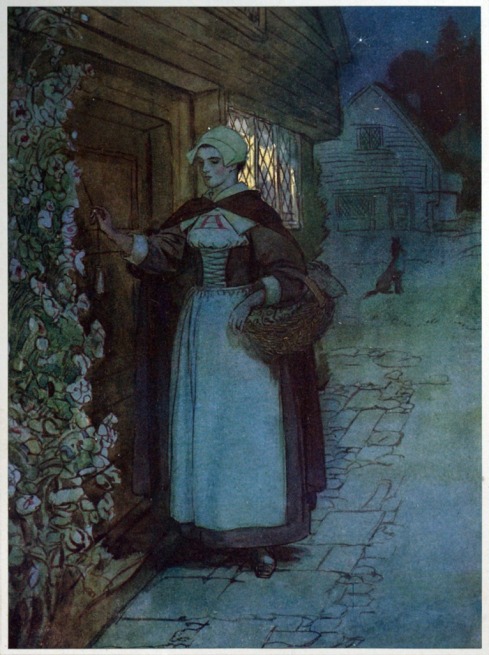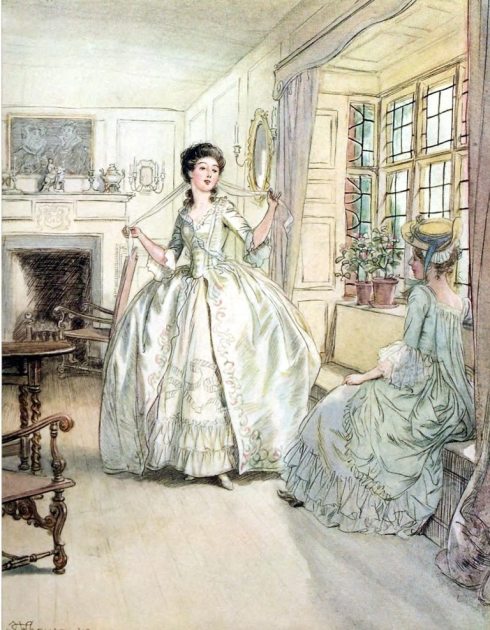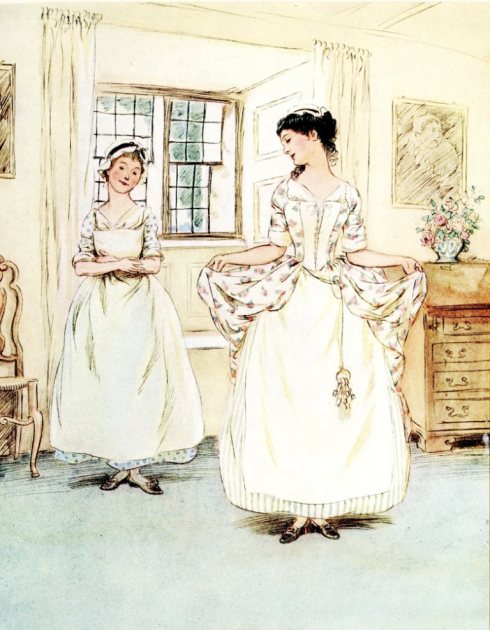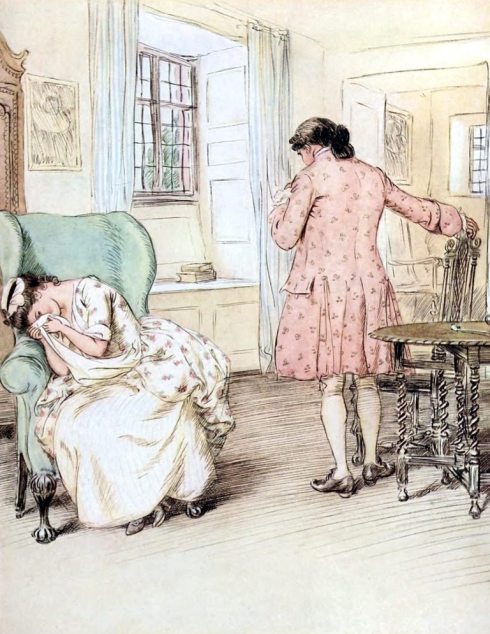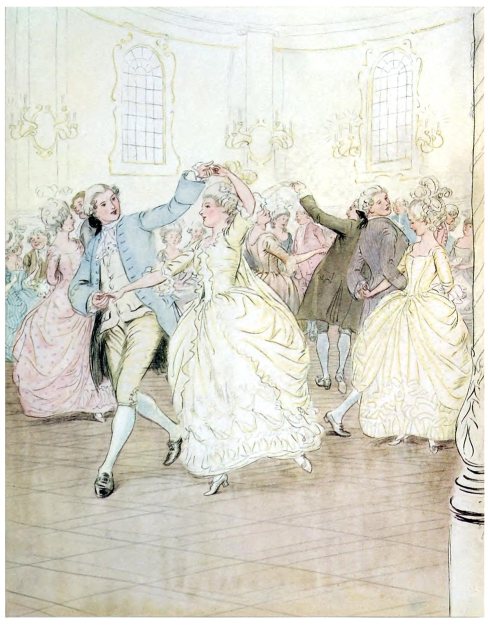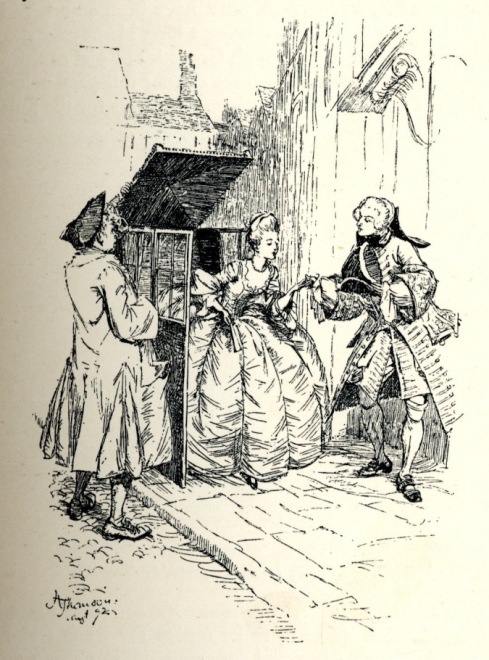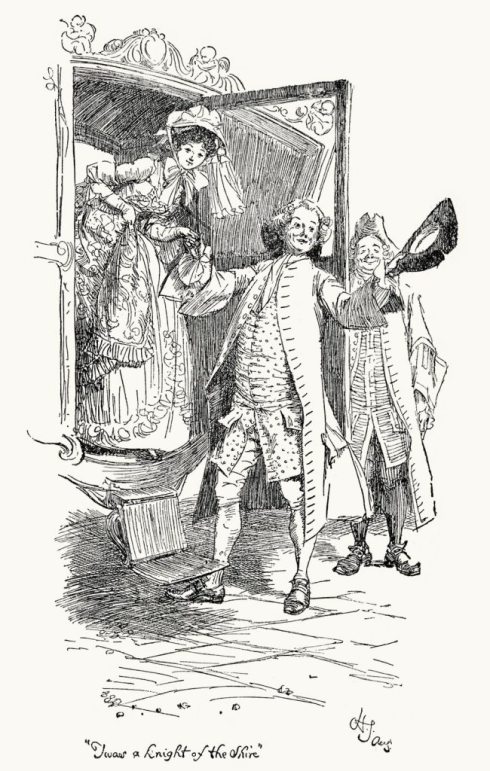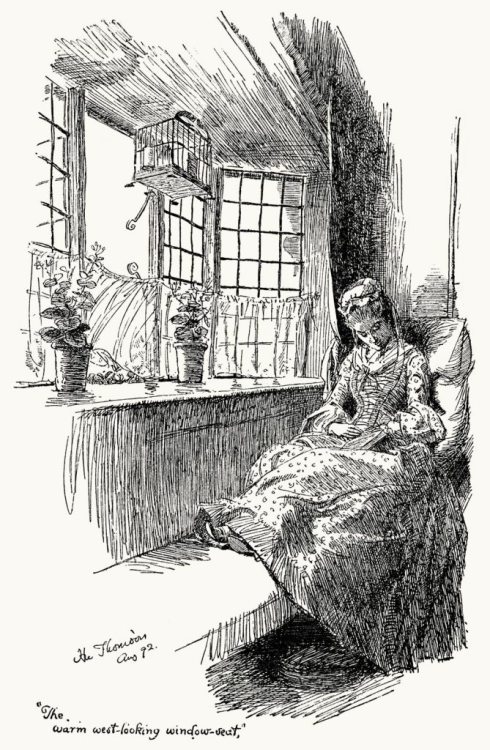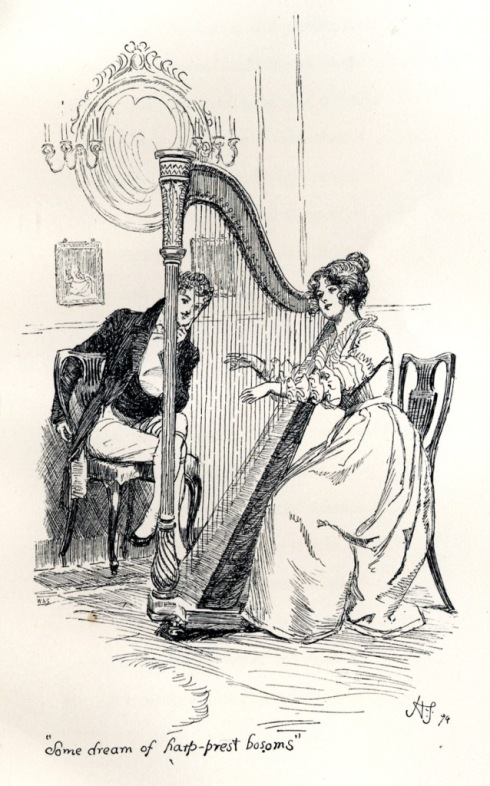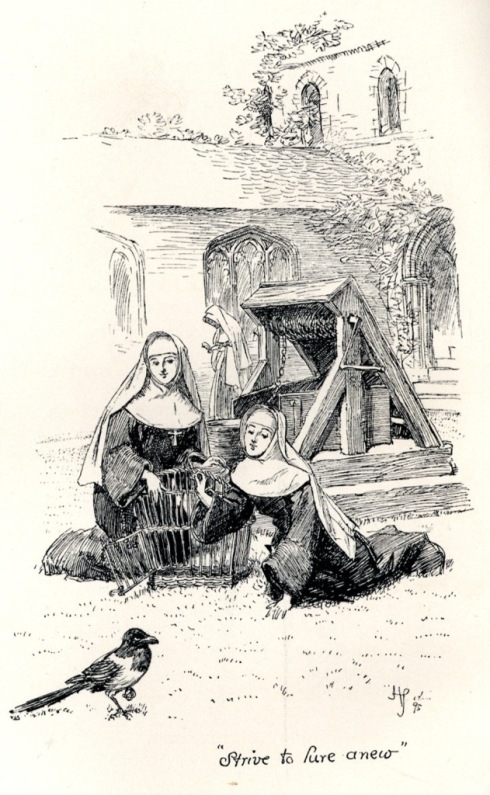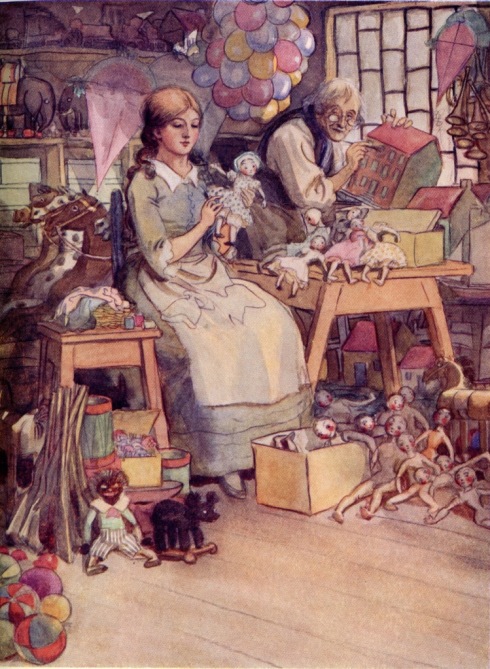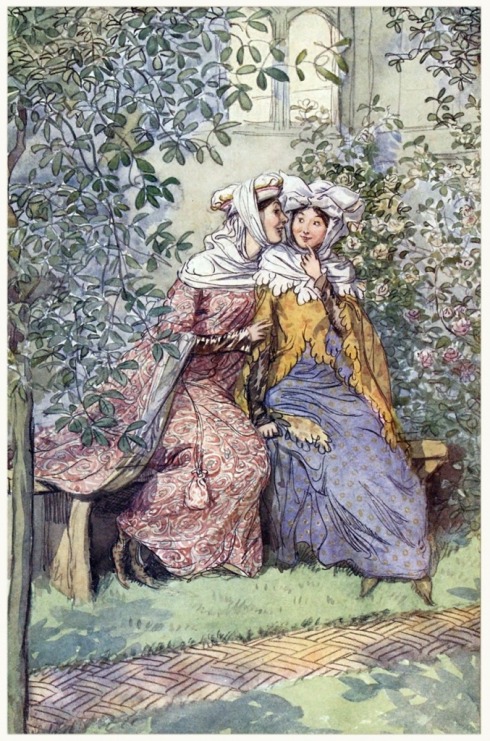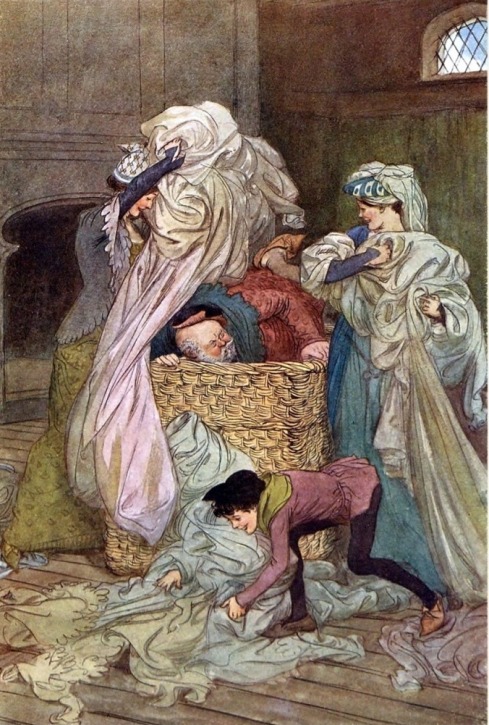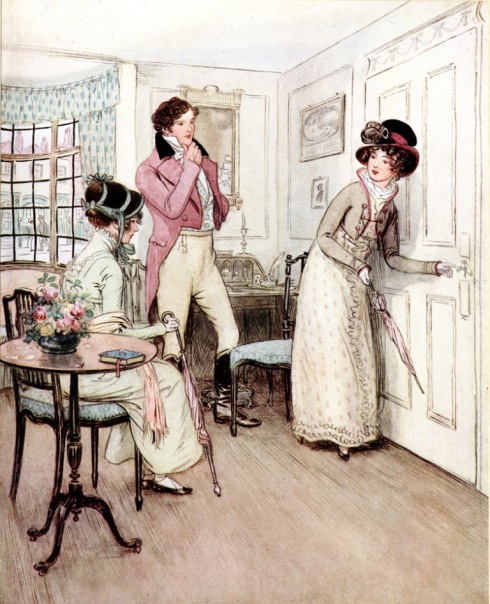Last week at Notting Hill Gate I looked at one of the deepest layers of my personal archaeology of London. This time I’m going to begin at an even deeper level.When I first came to London in 1973 I lived in Camden. But most Sundays I would get the tube from Camden Town to Gloucester Road, walk south to Old Brompton Road, turn left into Roland Gardens which took me to Evelyn Gardens where Imperial College had some halls of residence. My friend Carl lived there. Some Sundays we would just hang out, sometimes we would go and have a meal at a cafe in the Earls Court Road and sometimes we would begin to explore London.
I wasn’t the first person to start out with London from Gloucester Road. It’s still a place full of hotels, tourists and coaches, people with trolleys puzzling over the tube map and the rules for using Oyster cards, tour buses getting in the way of the 49. And plenty of people not quite sure why they are starting out their journeys from this particular ordinary street.
Back in 1969 when you left the station, this is what you saw on the other side of the road:
Individual retailers mostly, still operating in a time-honoured fashion (note the delivery bike.)
The shops are under a 19th century terrace.
The Empire Grill, now home of Burger King, and a couple of old friends:
The Wimpy Bar, home of the UK’s own brand of hamburger, (waitress service and individually cooked burgers), now part of a branch of Tesco, and the Midland Bank, later part of HSBC.
If you were to turn around you could see another familiar building, Bailey’s Hotel.
But this week we won’t confine ourselves to living memory. Turn the dial back further:
The old version of the building – it was owned by James Bailey and was at the time one of the best hotels in London, with many “American” features including an “ascending room” (lift). In 1890 it had over 300 apartments. Some of the spectacular internal features survive today.
The structure on the island opposite the station is an air vent for the railway
Further south down the road you come to this pleasant looking house opposite Hereford Square. I must have walked past it hundreds of times before I found that J M Barrie lived there. It has no blue plaque. That was taken by his house in Bayswater. But this was the house where he wrote some of his early successes, Quality Street and the Admirable Crichton.
This stretch of Gloucester Road has houses and flats in the same scale, low-level, almost suburban. The mix of styles is probably to do with postwar development. There was some bomb damage in the area so the buildings have a charming individual quality. We’re coming to the end of the road at this point and I’m not going to take you along the rest of my 1970s route. We’re going back to the intersection with Cromwell Road. You won’t find this building there today. This is how the corner with Cromwell Road appeared in the 1930s.
Later, in 1969 you can see that entrance on the right of this picture:
The grand entrance remained but there was no longer a bank on the site.
North from Cromwell Road, the buildings on either side of the road grow taller, even in the earlier days of the street.
This picture obviously comes from a quieter period for traffic. That street sweeper would not be standing there in later years. If you look in the distance as the road curves can you see this building?
St George’s Court, an apartment block built in 1907-09. Here it is in another postcard:
The ornate apartment block with its shops surmounted by small roof gardens is still there today of course. Having already looked at the Survey of London for information on Bailey’s Hotel I naturally turned to them for some details on St George’s Court and they have done us proud again: “This hefty building..is in one of the dowdier styles of Edwardian architecture, mixing elements of Tudor and Baroque. red brick and brown stone dressings”. Words I could not argue with, although I still like to look at it while passing by on the upper deck of a 49.
Arguably a more interesting block than on the opposite side of the road where there have been a few changes.
A branch of Waitrose, 1970s, but I’m not sure of the exact date.
And a couple of flash cars. These two pictures are from a contact sheet. It almost looks as though the photographer was on the move at the time.
As we come to another curve in the road and the end of Gloucester Road, this postcard image of a recognizable corner predates St George’s Court.
This slightly blurred image is further north but shows the end of the road with a man running towards it for some reason best known to himself.
Finally, as we’ve bobbed about through the years this week, let’s go back to one of my favourite artists, William Cowen for a Gloucester Road view before the age of photography when a narrow road which was still called Gloucester Road ran through a rural setting.
Mr Rigby’s cottage, near the station.
Postscript
It’s week eight of the great scanning famine (possibly the last week, fingers crossed) but I’m still finding pictures. I could almost have done a whole post just on postcards, but I decided to give you a touch of everything. There may be a iteration of the secret life of postcards coming up soon. I’ve just acquired an illustrated book by High Thomson, so if I can only scan the pictures, you can expect another post about him. It’s nearly time for some holiday posts.
In another postscript I referred to the fact that my friend Carl died quite young in 1999 but that I didn’t find out until quite recently. Writing this made me think of him again, our early days in London and the things he missed by never seeing this century. So I hope you’ll forgive me for dedicating a post once again to my friend Carl Spencer.





